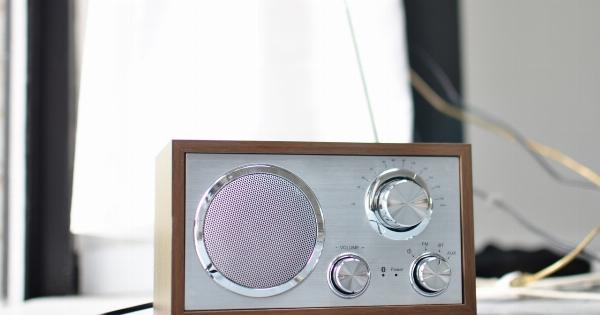In a world increasingly dominated by technology and artificial intelligence, the role of human instincts in detecting lies may often be overlooked.
While advancements in technology have provided us with various tools and methods for lie detection, there are certain aspects of human intuition and emotional intelligence that remain unmatched. This article aims to explore why instincts are better at detecting lies than technology, shedding light on the significance of nonverbal cues, facial expressions, and microexpressions in exposing deception.
The Power of Human Intuition
Human intuition is a phenomenon that is deeply ingrained in our evolutionary history and is honed through years of experience and observation.
It refers to our ability to understand or sense something instinctively, without the need for conscious reasoning. When it comes to lie detection, our intuition plays a vital role in picking up on subtle cues and inconsistencies that may indicate deception.
Emotional Intelligence and Lie Detection
Emotional intelligence, often defined as the ability to perceive, understand, and manage emotions, is closely linked to our instincts and intuition. It encompasses our awareness of both our own emotions and those of others.
Emotional intelligence enables us to recognize nonverbal cues, such as body language and facial expressions, that can be indicative of deception.
Nonverbal Cues and Deception
Humans are incredibly proficient at reading nonverbal cues, consciously or subconsciously, to gather information about others. When someone lies, their body language and facial expressions often provide subtle hints that can give away their deception.
For instance, avoiding eye contact, fidgeting, or using defensive gestures may signal that someone is being dishonest.
Facial Expressions and Microexpressions
Facial expressions are a core component of our nonverbal communication and can convey a wide range of emotions. In the context of lie detection, facial expressions are particularly important.
Microexpressions, which are brief and involuntary facial expressions lasting for a fraction of a second, often reveal true emotions that may contradict a person’s spoken words. These microexpressions, such as a fleeting smirk or a subtle grimace, are highly challenging to fake and can be detected through heightened intuition.
The Limitations of Technological Lie Detection
While technology has made great strides in the field of lie detection, it still has certain limitations.
Many technological lie detection methods rely on physiological responses, such as changes in heart rate, blood pressure, or skin conductivity, which may vary from person to person. Moreover, these physiological responses can be influenced by various factors unrelated to deception, leading to potential false positives or false negatives.
The Potential for False Positives and False Negatives
One of the critical drawbacks of relying solely on technology for lie detection is the potential for false positives and false negatives.
False positives refer to instances where a truthful person is incorrectly classified as lying, while false negatives occur when a liar is wrongly identified as telling the truth. These errors can have serious consequences, such as unfair accusations and missed opportunities to uncover actual deception.
The Importance of Trust and Connection
When it comes to detecting lies, trust and connection play significant roles. Humans naturally seek trust in their interactions, and it is through trust that our instincts and intuition become even more effective.
Building rapport and establishing a connection with individuals can enhance our ability to detect deception, as it encourages them to lower their guard and display more revealing nonverbal cues.
The Role of Empathy in Lie Detection
Empathy, the ability to understand and share the feelings of others, is a fundamental aspect of human relationships and lie detection.
By empathizing with others, we can better understand their emotional state and motivations, enabling us to interpret their nonverbal cues more accurately. Empathy allows us to establish a deeper connection and gain insights into a person’s intentions, increasing our ability to detect deception.
The Human Factor in Lie Detection
Human instincts, intuition, emotional intelligence, and the ability to interpret nonverbal cues collectively form the human factor in lie detection.
While technology can support and assist in the process, it cannot fully replace the unique abilities that humans possess. The human factor brings context, empathy, and a holistic understanding of the complexities of human communication, making it inherently more accurate in detecting lies.
Conclusion
In a world where technology continues to advance at an unprecedented pace, it is crucial to recognize the enduring power and effectiveness of human instincts in detecting lies.
Despite the advancements in technological lie detection methods, our instincts and emotional intelligence provide us with unique advantages, such as the ability to read nonverbal cues, facial expressions, and microexpressions. The limitations of technology, including the potential for false positives and false negatives, further emphasize the need to combine technological tools with human intuition and connection to achieve reliable lie detection.
Trust, empathy, and the holistic understanding of human communication are invaluable assets that make instincts far superior to technology in the realm of detecting lies.































